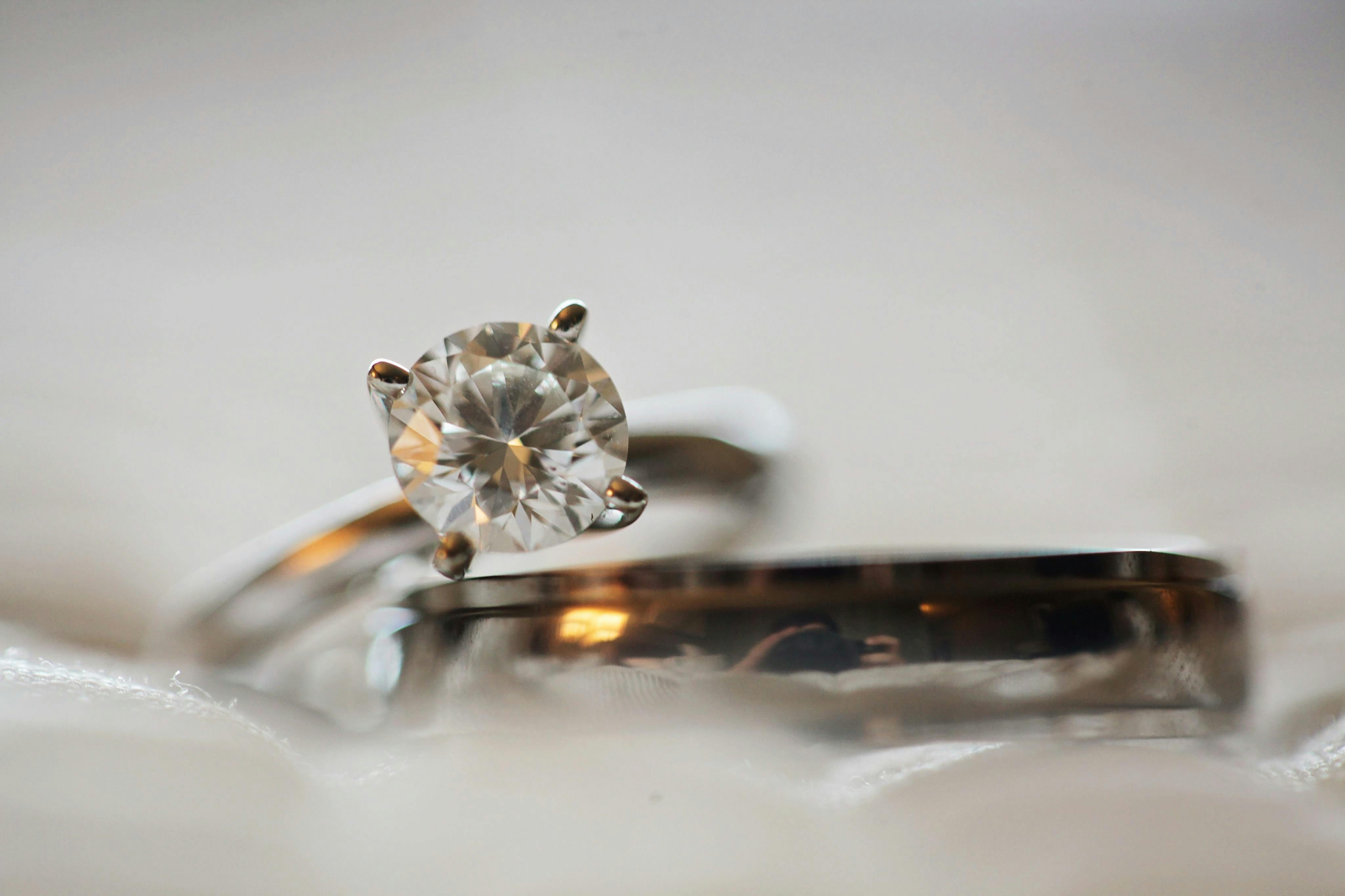
14K vs. 18K Gold - What is the difference
14K vs. 18K Gold - What is the difference
When it comes to gold jewelry, the terms "18k" and "14k" refer to the purity of the gold used in the piece. Here's a comparison between 18k and 14k gold:
1.Gold Content:
• 18k Gold: 18k gold is composed of 75% pure gold. The remaining 25% is made up of other metals, such as copper, silver, or zinc, which are added to increase the metal's strength and durability. Jewelry made from 18k gold is marked as "750" to indicate its gold content.
• 14k Gold: 14k gold consists of 58.3% pure gold, with the remaining 41.7% being composed of alloyed metals. The additional metals are used to enhance the gold's durability and make it suitable for jewelry. 14k gold jewelry is marked as "585" to denote its gold content.
2.Color:
• 18k Gold: 18k yellow gold has a slightly richer and warmer color compared to 14k gold due to its higher gold content. It may appear more vibrant and yellower, especially in yellow gold jewelry.
• 14k Gold: 14k gold tends to have a slightly lighter yellow color compared to 18k gold. It may have a subtle yellow hue, particularly in yellow gold pieces. However, white gold jewelry is often rhodium-plated to give it a bright white appearance, regardless of the gold's inherent color.
3.Durability and Wearability:
• 18k Gold: While 18k gold is relatively softer compared to lower karatages, it is still durable enough for most types of jewelry. However, it may be more prone to scratches and dings compared to 14k gold.
• 14k Gold: 14k gold is considered more durable and suitable for everyday wear. Its higher percentage of alloyed metals makes it stronger and more resistant to wear and tear.
4.Price:
• 18k Gold: Due to its higher gold content, 18k gold is generally more expensive than 14k gold. The increased gold purity contributes to its higher value.
• 14k Gold: 14k gold is more affordable compared to 18k gold, making it a popular choice for those who want a balance between gold purity and affordability.
5.Hypoallergenic Properties:
• 18k Gold: Some individuals with metal sensitivities may prefer 18k gold since it contains a higher percentage of pure gold, which is hypoallergenic for most people. However, individual sensitivities can still vary. 18k white alloyed with palladium is considered hypoallergenic, but at the current cost of palladium, it is more cost effective to purchase platinum.
• 14k Gold: The alloyed metals used in 14k gold, particularly nickel, can potentially cause allergic reactions in individuals with nickel sensitivities. It is advisable to choose nickel-free alloys or consider alternative metals for those with allergies.
Ultimately, the choice between 18k and 14k gold depends on personal preference, budget, durability requirements, and desired color. 18k gold offers a higher gold content and a richer color but comes at a higher cost. 14k gold provides a good balance between durability, affordability, and gold purity.
If a white metal is something of interest, platinum is considered the ultimate in quality and durability. Platinum is a true white color, hypoallergenic and will wear better than any gold product. Platinum has been the first choice in fine jewelry for over 125 years and continues to be the premium product.
